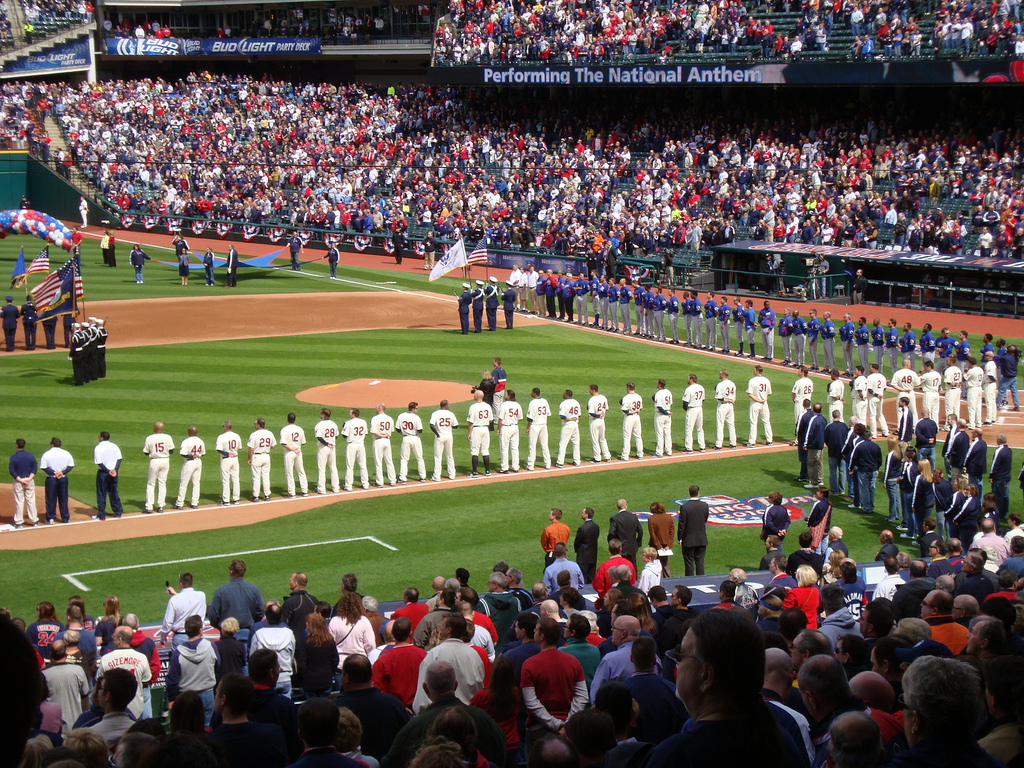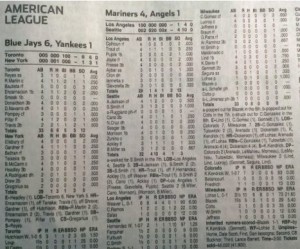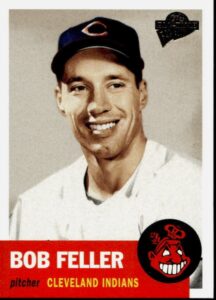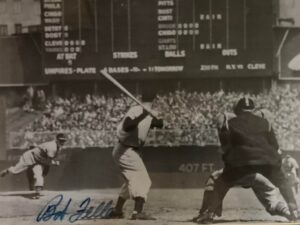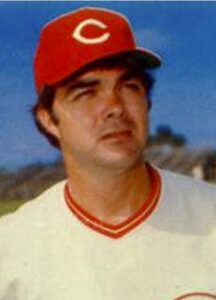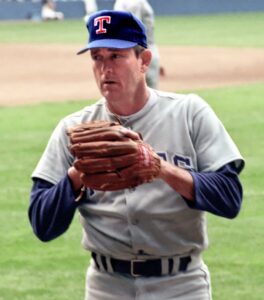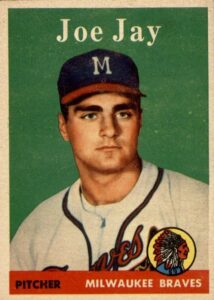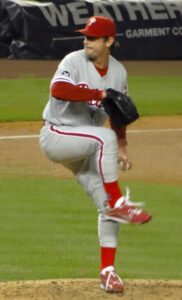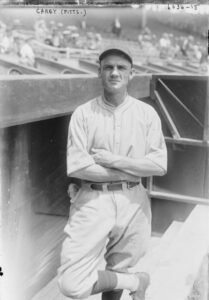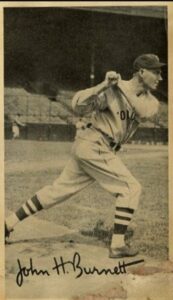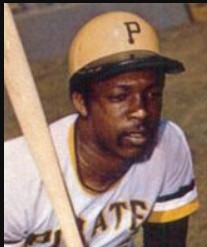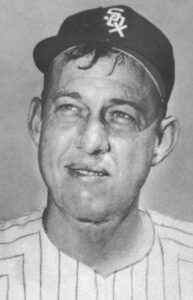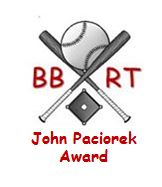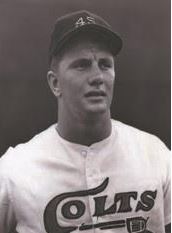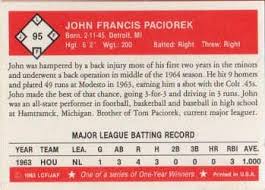With Spring Training Games in full swing and the 2024 MLB season just around then corner, it seems a good time to again reflect on ten reasons why I love this game.
- Baseball comes along every spring, accompanied by sunshine and optimism.
Baseball is the harbinger of better times. It signifies the end of winter (not a small thing if you’re from Minnesota) and the coming of spring, a season of rebirth, new life and abundant optimism. Each season, you start with a clean slate. Last year’s successes can still be savored but last year’s failures can be set aside (although rival fans may try to refresh your memory), replaced by hope and anticipation. On Opening Day, in our hearts, we can all be in contention.
- Baseball is timeless and, ultimately, fair in the offering of opportunity.
The clock doesn’t run out. No matter what the score, your team gets its 27 outs and an equal opportunity to secure victory. What could be more fair? And then there is the prospect of “extra” innings, bonus baseball for FREE.
- Plays and players are distinct (in space and time).
Baseball, while a game of inches, is also a game of considerable space. The players are not gathered along an offensive line or elbow-to-elbow under a basket. They are widely spaced, each with his own area of responsibility and each acting (as part of a continuing play) in their own time frame. (On a groundout, for example, the first baseman can’t catch the ball until after the shortstop throws it.) This enables fans to follow, understand and analyze each play (maybe not always accurately) in detail. And, baseball’s distinct spacing and timing makes it possible to see the game even when you are not there. A lot of people grinned at President Gerald Ford’s comment that he “watched a lot of baseball on the radio.” In my view, he was spot on. You can see baseball on the radio – you can create a “visual” of the game in your mind with minimal description. That’s why on summer nights, in parks, backyards and garages across the country, you’ll find radios tuned to the national past time.
- The scorecard.
Can there be anything more satisfying than keeping an accurate scorecard at the ball park? It serves so many purposes. The keeping of a scorecard ensures your attention to the happenings on the field. Maintaining the score card also makes you, in a way understandable only to fellow fans, more a part of the game. That magical combination of names, numbers and symbols also enables you to go back and check the progress of the game at any time. “Oh, Johnson’s up next. He’s walked and grounded out twice.” It’s also a conversation starter, when the fan in the row behind you asks, “How many strikeouts does Ryan have today?” And, it leaves you (if you choose to keep it) with a permanent record of the game, allowing you to replay it in your mind (or share it with others) at will. Ultimately, a well-kept score card enhances the game experience and offers a true post-game sense of accomplishment.
- The long season.
Baseball, as so many have pointed out, is a marathon rather than a sprint. It’s a long season with ample opportunity to prove yourself and lots of chances to redeem yourself. For fans, the long season also represents a test of your passion for the game. Endurance is part of the nature of the true baseball fan. And, and in the end, the rigors of a 162-game season prove your mettle and that of your team. Not only that, but like a true friend … baseball is there for you every day.
- The pace of the game invites contemplation.
Although the relatively new pitch clock has altered this perception a bit, baseball still offers a “pace of game” that invites contemplation. Between innings, between batters, during pitching changes, sometimes even during a plate appearance, baseball leaves us time to contemplate what just occurred, speculate on what might happen next and even share those thoughts with nearby spectators. Baseball is indeed a thinking person’s game.
- Baseball invites, encourages, even demands, conversation.
Reason number six hinted at the importance of conversation, noting that the pace of the game offers time to contemplate the action (past and future) and share those thoughts with others. I love that about the game, but I also love the fact that whenever baseball fans gather, their passion comes out in conversation – and they find plenty to talk about:
- Statistics, statistics, statistics. Baseball and its fans will count anything. Did you know that Yankee Jim Bouton’s hat flew off 37 times in his 2-1, complete-game victory over the Cardinals in game three of the 1964 World Series? More seriously, statistics are part of a common language and shared passion that bring baseball fans together in spirited conversation. As best-selling author Pat Conroy observed “Baseball fans love numbers. They love to swirl them around in their mouths like Bordeaux wine.” I agree, to the fan, statistics are intoxicating.
- Stories, stories, stories. Baseball and its fans celebrate the game’s history. And, I’m not talking just about statistics. I’m also talking about the stories that give this great game color, character and characters – from Rube Waddell’s zaniness to Joe DiMaggio’s elegance or from Rickey Henderson’s baserunning bravado to Hamon Killibrew’s stoic power. And, there also are moments in time that mark hardball history, like Ty Cobb sharpening his spikes on the dugout steps, Babe Ruth’s called shot, Willie Mays’ basket catch, Dock Ellis’ LSD-fueled no-hitter.
- Trivia, trivia, trivia. This may fall close to the “stories, stories, stories” category, but fans cherish the trivia that surrounds our national past time – whether that trivia is iconic or ironic. For example, it’s ironic that iconic Yankee slugger Babe Ruth holds the best winning percentage against the Yankees of any pitcher with 15 or more decision against them (17-5, .773) or that the Bambino stole home more times than base-stealing icon Ricky Henderson.
Basically, I took a long time to say I love the fact that baseball fans will talk with passion about something that happened in today’s game, yesterday’s game, over time or even in a game that took place on August 4, 1947. And, as a bonus, all this conversation – all the statistics, stories and trivia – make the games, moments within the games and the characters of the game (heroes, goats and mere participants) as timeless as baseball itself.
- The box score.
My mother used to refer to an accordion as “an orchestra in a box.” That’s how I view the daily box score – the symphony of a game recorded in a space one-column wide by four inches deep. Some would say the box score reduces the game to statistics, I would say it elevates the game to history. What do you want to know about the contest? Who played where, when? At bats, hits, stolen bases, strikeouts, errors, caught stealing, time, attendance, even the umpires’ names? It’s all there and more – so much information, captured for baseball fans in a compact and orderly space. I am, of course, dating myself here, but during baseball season, the morning newspaper, through its box scores, is a treasure trove of information for baseball fans.
- The irony of a team game made up of individual performances.
While baseball and baseball fans live for individual statistics and, while the spacing of the players drives individual accountability, the game is, ironically, deeply dependent on the concept of “team.”
Consider the offense. Unlike other sports, where you can deliver victory by giving the ball or puck – time and time again (particularly as the clock runs down) – to your best runner, skater, receiver or shooter, in baseball, your line-up determines who will be “on the spot” and at the plate when the game is on the line. It may be your .220-hitting second basemen, rather than your .320-hitting outfielder. Yet, even as the team depends on the hitter, he is totally alone in his individual battle with the pitcher. And, achieving individual statistics that signify exceptional performance also demands a sense of team. You don’t score 100 runs without a team mate to drive you in (although the statistic remains your measure of performance) … and, you don’t drive in 100 runs if no one gets on base in front of you. And, can you think of any other sport that keeps track of – and honors – the team-oriented “sacrifice.”
On defense, the story is the same. A ground ball pitcher, for example, needs a good infield behind him to optimize his statistical presence in the “win” column. And the six-four-three double play requires masterful teamwork as well as individual performance – duly recorded in the record books as an assist for the shortstop, a putout and an assist for the second baseman and a put out for the first baseman. Then there is the outfield assist – a perfect throw from a right fielder to nail a runner at third earns an assist and the third baseman a putout.
Ultimately, baseball is a game of individual accomplishments that must be connected by the thread of “team” to produce a positive outcome.
- Baseball’s assault on the senses. (Indoor ballparks fall a bit short here).
The sight of a blue sky and bright sun above the ballpark or a full moon over a black sky above a well-lit stadium. The feel of the warm sun or a crisp evening breeze. The scent of freshly mowed grass or steaming hot dogs. The taste of cold beer and peanuts. The sound of the crack of the bat, the cheers (or moans) of the crowd, the musical pitch of the vendors. Baseball assaults all the senses ― in a good way.
Now, I could go on and on, there are lots more reasons to love this game:
- Its combination of conformity (all infields are laid out the same) and individualism (outfield configurations not so much);
- Its contributions to culture (literature and movies);
- Its strategy (hit-and-run, run-and-hit, sacrifice bunts, infield / outfield positioning, pitching changes, etc.);
- Triples;
- The 6-4-3 double play;
- Knuckleballs; and
- More.
But to protect myself – and you readers – I’ve limited myself to ten. I probably could have saved a lot of time and words had I just started with this so-perfect comment from sportscaster Bryant Gumbel, “The other sports are just sports. Baseball is love.” That says it all.
Baseball Roundtable – Blogging Baseball Since 2012.

 Baseball Roundtable is on the Feedspot list of the Top 100 Baseball Blogs. To see the full list, click here.
Baseball Roundtable is on the Feedspot list of the Top 100 Baseball Blogs. To see the full list, click here.
Baseball Roundtable is also on the Anytime Baseball Supply Top 66 Baseball Sites list. For the full list, click here.
I tweet (on X) baseball @DavidBaseballRT
Follow Baseball Roundtable’s Facebook Page here. More baseball commentary; blog post notifications.
Member: Society for American Baseball Research (SABR); Negro Leagues Baseball Museum; The Baseball Reliquary.
P1025
